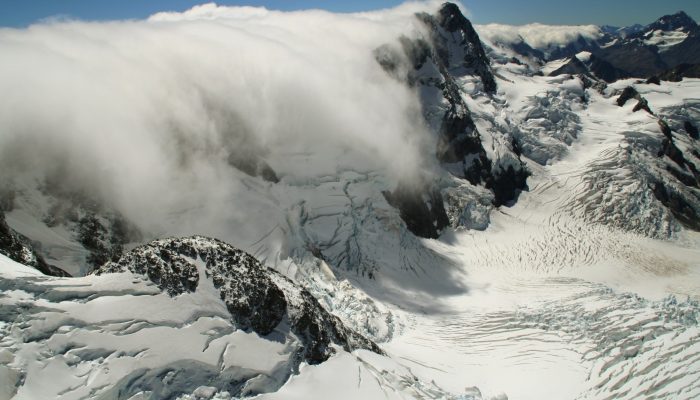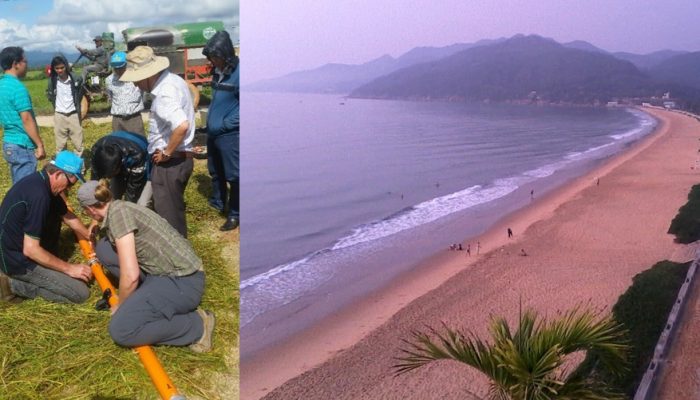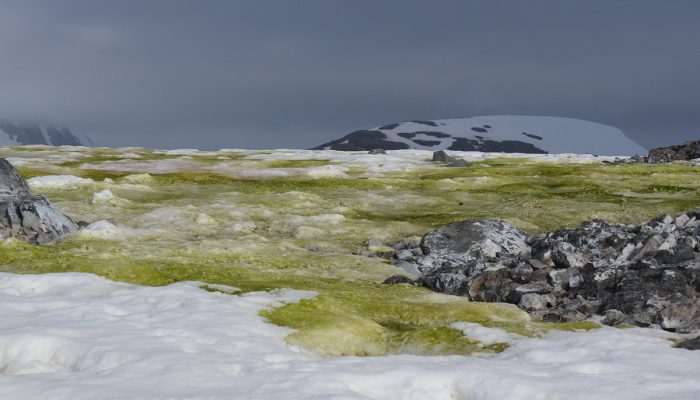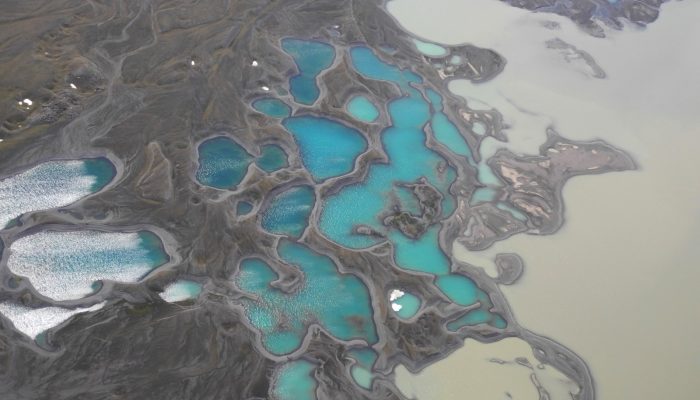As a geoscientist, I’m sure that you have heard of Horizon 2020, an EU programme that is allocating almost €80 billion to research and innovation over 7 years (from 2014 to 2020). This money is distributed throughout various scientific divisions and provides a plethora of opportunities for scientists, not only within the EU but also throughout the world. Unfortunately, the magnitude of the Horizon ...[Read More]
Earth and Space Science Informatics
PICO in the picture
Like everyone else, in the beginning I was skeptical of the newly introduced presentation format at the EGU – the PICO sessions. PICO stands for Presenting Interactive Content. Half talk, half poster – this is a new design that demands a completely new and unfamiliar preparation of the presenter, and yes admittedly at first this meant additional work. However, already during the creation of my fir ...[Read More]
GeoLog
Shape the EGU 2018 scientific programme: Call-for-sessions is open!
Do you enjoy the EGU’s annual General Assembly but wish you could play a more active role in shaping the scientific programme? Now is your chance! From today, until 8 Sep 2017, you can suggest: Sessions (with conveners and description), or; Modifications to the existing skeleton programme sessions NEW! Suggestions for Short courses (SC) will also take place during this period From now until 18 Jan ...[Read More]
Geodynamics
Karaoke, geodynamics, and a bit of history
Let me just talk to you about what I have been doing with my free time recently: I discovered a feature from Google Books named Ngram viewer which allows you to make graphs that show how words or phrases have occurred in a selection of books (e.g., English) over the selected years. I have of course been playing with this thing! You can imagine how exciting my weekends are. In all seriousness, thou ...[Read More]
GeoLog
Imaggeo on Mondays: Nor’Wester in the Southern Alps of New Zealand
Stephan Winkler’s 2017 Imaggeo Photo Contest finalist photo showcases an unusual weather phenomenon… The image shows a typical weather situation in the Southern Alps of New Zealand with a moist, westerly airflow pushing over the Main Divide [which separates the water catchments of the more heavily populated eastern side of the island from those on the west coast] to create a typical foehn wind [dr ...[Read More]
WaterUnderground
Humanitarian groundwater projects; notes on motivations from the academic world
Post by Margaret Shanafield, ARC DECRA Senior Hydrogeology/Hydrology Researcher at Flinders University, in Australia. You can follow Margaret on Twitter at @shanagland. ___________________________________________________________ What led me down the slippery slope into a career in hydrology and then hydrogeology, was a desire to combine my love of traveling with a desire to have a deeper relations ...[Read More]
Cryospheric Sciences
Image of the Week – Fifty shades of snow
When I think of snow, I tend to either think about the bright white ski slopes in the mountains or the large white areas in the Arctic. However, natural phenomena can lead to colorful snow. Our Image of the Week shows snow can be green! Snow can also turn orange, pinkish, grey and even yellow… But where do these different shades of snow come from? White The most common color of snow is white (see ...[Read More]
Geodynamics
Don’t be a hero – unless you have to
The Geodynamics 101 series serves to show the diversity of topics and methods in the geodynamics community in an understandable manner for every geodynamicist. PhD’s, postdocs, full professors, and everyone in between can introduce their field of expertise in a lighthearted, entertaining manner and touch on some of the outstanding questions and problems related to their method of choice. Thi ...[Read More]
GeoLog
Imaggeo on Mondays: Sediments make the colour
Earth is spectacularly beautiful, especially when seen from a bird’s eye view. This image, of a sweeping pattern made by a river in Iceland is testimony to it. The picture shows river Leirá which drains sediment-loaded glacial water from the Myrdalsjökull glacier in Iceland. Myrdalsjökull glacier covers Katla, one of Iceland’s most active and ice-covered volcanoes. A high sediment load (the suspen ...[Read More]
WaterUnderground
Good groundwater management makes for good neighbors
Post by Samuel Zipper, postdoctoral fellow at both McGill University and the University of Victoria, in Canada. You can follow Sam on Twitter at @ZipperSam. ___________________________________________________________ Dedicated Water Underground readers know that this blog is not just about water science, but also some of the more cultural impacts of groundwater. Keeping in that tradition, today’s ...[Read More]









